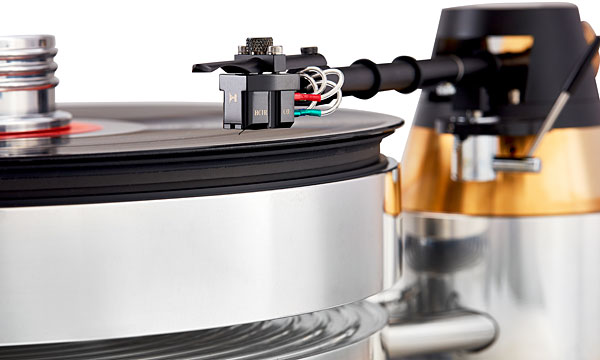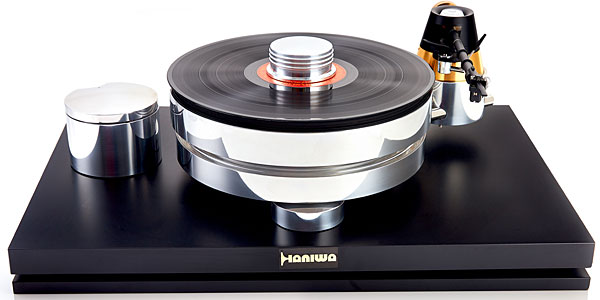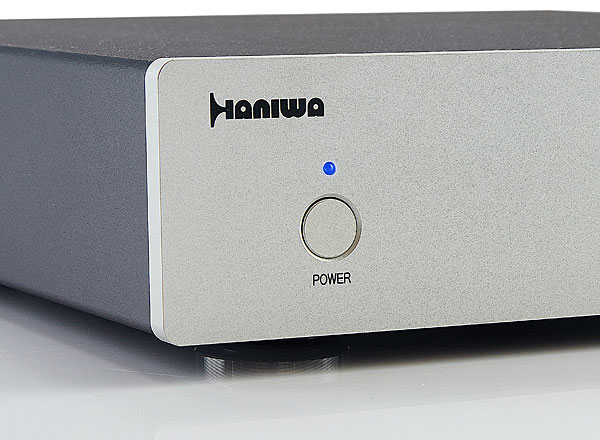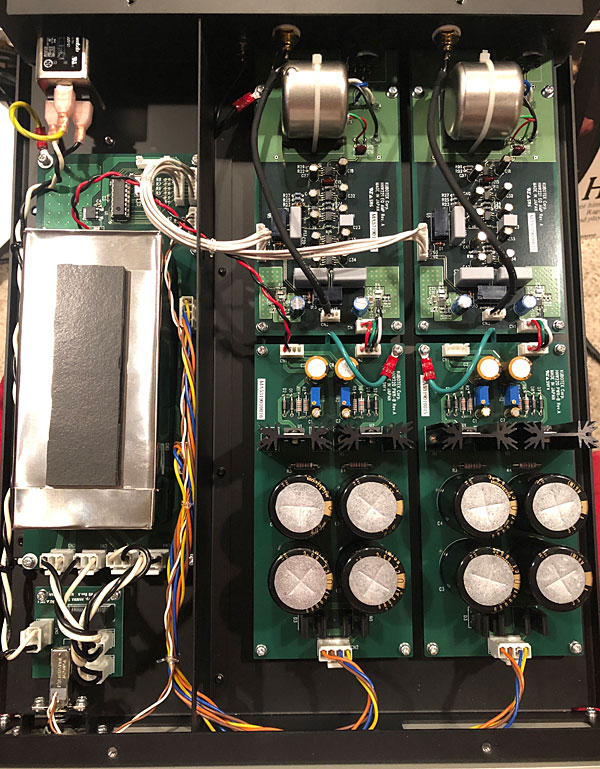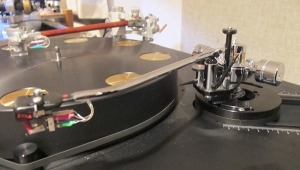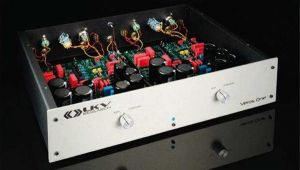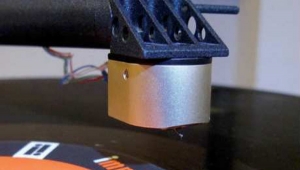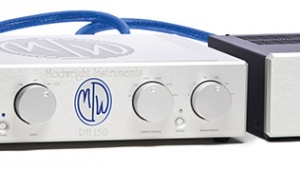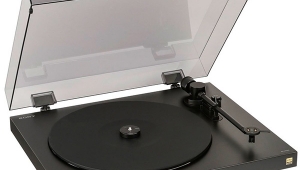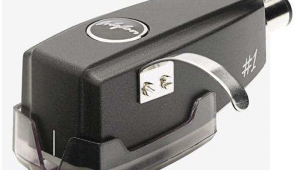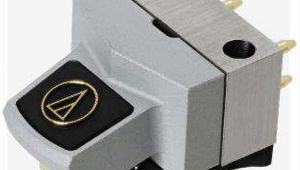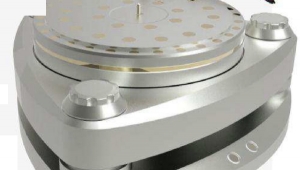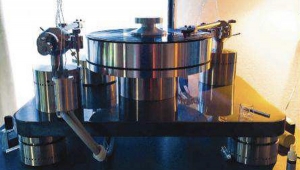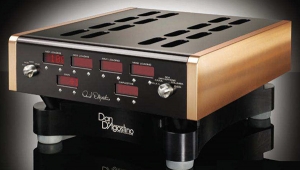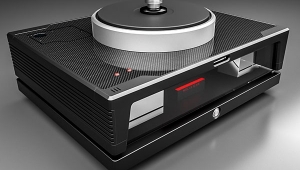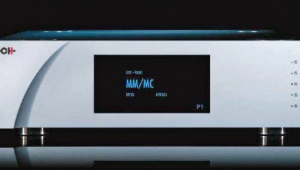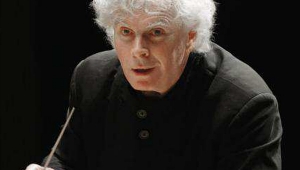| Columns Retired Columns & Blogs |
Hi
What caught my eyes is the bulleye spirit level installed at the top of the tonearm support column. This feature is crucial to ensure the contactless support bathing in a bath of magnetic fluid is perfectly balanced with the turntable/cartridge as a whole unit.
That said, I do not see any similar level indicator installed for the headshell which is DETACHABLE from the tonearm tube !!!! This will be another must to ensure the detached headshell/cartridge once screwed back onto the tonearm tube still maintain the same balance without any offset & overhang issues.
Is it a design overlook? This is not a cheap tonearm, my friend !
FYI, I very frequently check up the proper tracking of my TT/tonearm/cartridge with placing momentarily a small featherlight bulleye spirit lever on the top of the headshell/cartridge while playing a LP. The dead centering of the 'bulleye' inside the lever indicates perfect realtime DYNAMIC tracking of the record player - no offset & overhang problems.
AFTER such tracking test, I then proceed to anti-skaing test of the tonearm by spinning it on the grooveless track of my test record.
The bulleye lever only cost me 2 bucks from any hardware store. Yet it works bigtime for me, saving big bucks to acquire complex alignment tools.
Play vinyl smart, pals.
Jack L
